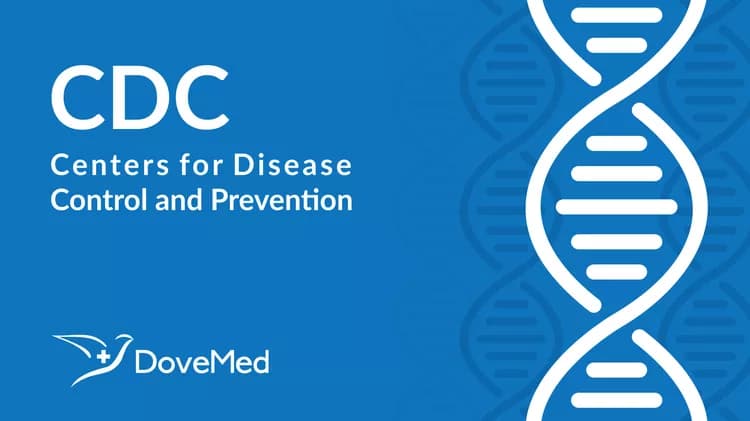
Teen Smoking Rates Decline Significantly
Teen Smoking Rates Decline Significantly
A new report by the Centers for Disease Control and Prevention (CDC) reveals that although one in four U.S. high school students still smoke cigarettes, rates among this group have been declining since 1997. These findings are from the Youth Risk Behavior Survey (YRBS), part of CDC's Youth Risk Behavior Surveillance System, which is a school-based survey that collects data from students in grades 9-12 nationwide.
According to the report, 28.5 percent of high school students in the United States currently smoke, down from 36.4 percent in 1997. Current smoking is defined as having smoked on one or more of the 30 days preceding the survey. Lifetime use also has declined: In 1999, CDC reported that 70.4 percent of high school students had tried cigarette smoking during their lives. By 2001, that number had fallen to 63.9 percent. The report concludes that if this pattern continues, the United States could achieve the 2010 national health objective of reducing current smoking rates among high school students to 16 percent or less.
"It is encouraging to see more and more teens making the right choice about smoking," said David Fleming, M.D., Acting Director, Centers for Disease Control and Prevention. "We hope this trend continues because it would mean fewer people suffering and dying from smoking-related illnesses.
The data from this report are consistent with other national surveys that suggest the dramatic increase in cigarette smoking rates among high school students during the early to mid -1990s is now being reversed. Factors that might have contributed to the decline in cigarette use include a 70 percent increase the retail price of cigarettes between December 1997 and May 2001, increases in school-based efforts to prevent tobacco use, and increases in youth exposure to both state and national mass media smoking prevention campaigns.
"While we have made some undeniable progress in reducing the teen smoking rates, now is not the time to rest upon our laurels" warned Rosemarie Henson, M.P.H, M.S.W., director of the CDC's smoking and health program. "Since cigarette prices may not continue to increase, a greater emphasis will need to be put on the school-based efforts and media campaigns that have proven effective as part of comprehensive tobacco control programs so that we can help the next generation of children to remain smoke-free."
Other findings from the study include:
Current frequent smoking, defined as smoking on at least 20 of the 30 days preceding the survey, decreased from 16.8 percent in 1999 to 13.8 percent in 2001.
In 2001, as in previous years, white and Hispanic students were significantly more likely than black students to report current smoking.
The YRBS, which began in 1990 and has been conducted biennially since 1991, includes questions on a wide variety of health-related risk behaviors including smoking. YRBSS findings are available at http://www.cdc.gov/nccdphp/dash/yrbs/index.htm
The YRBS is one of three major surveys sponsored by the Department of Health and Human Services (HHS) that provide data on tobacco and substance use among youth. The other two are the National Household Survey on Drug Abuse (NHSDA) and the Monitoring the Future Survey (MTF).
The NHSDA, directed by HHS' Substance Abuse and Mental Health Services Administration, provides annual estimates of the prevalence of illicit drug, alcohol and tobacco use in the United States and monitors trends over time. It is based on a representative sample of the U.S. population age 12 and older. Findings of the 2000 NHSDA are available at: http://www.samhsa.gov/oas/oas.html.
The MTF survey, funded by HHS' National Institute on Drug Abuse at the National Institutes of Health, tracks illicit drug use trends and attitudes by 8th, 10th and 12th grade students. The 2001 study surveyed more than 44,000 students in 424 schools across the nation about lifetime use, past year use, past month use and daily use of drugs, alcohol, cigarettes and smokeless tobacco. Findings of the 2001 MTF survey are available at: http://www.drugabuse.gov/DrugPages/MTF.html.
The results of the YRBS survey will appear in the May 17 issue of CDC's Morbidity and Mortality Weekly Report. More information on CDC's tobacco control activities can be found at CDC's website at http://www.cdc.gov/tobacco/.
###
CDC protects people's health and safety by preventing and controlling diseases and injuries; enhances health decisions by providing credible information on critical health issues; and promotes healthy living through strong partnerships with local, national, and international organizations.
Related Articles
Test Your Knowledge
Asked by users
Related Centers
Related Specialties
Related Physicians
Related Procedures
Related Resources
Join DoveHubs
and connect with fellow professionals

0 Comments
Please log in to post a comment.